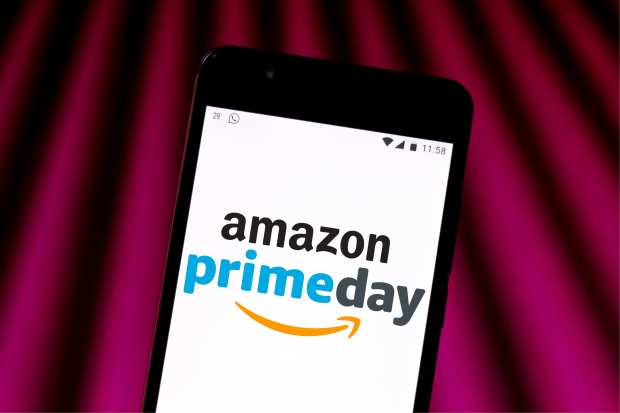SMBs Rake In Sales As Prime Day Wraps

Small and medium-sized businesses raked in sales during Amazon’s Prime Day extravaganza, as the now-annual shopping event spawned imitators with hundreds of rival retailers offering competing promotional events.
Brands offered products ranging from glassware to skincare items for Amazon’s event and reported sales significantly higher than the average day. At the same time, other merchants offered their own versions of Prime Day — and some creatively incorporated “Prime” into the names of their events.
Here is some of the highlights from Day Two of Prime Day.
Small Businesses
Amazon noted that worldwide sellers — predominantly small and medium-sized businesses (SMBs) — experienced the largest 24-hour sales day in the history of the company. Men’s skincare brand Marlowe General Manager Tripp Standa said that Prime Day is off to an auspicious start for the company, with sales up 2,000 over Prime Day last year. “Our Pomade — launched yesterday — is the fastest growing product we’ve ever had,” Standa said.
Beyond Marlowe, home goods brand Sweet Water Décor Owner and CEO Melissa Horvath noted in the announcement that the company’s sales were up 255 percent “over an average day.” And Zachary Lewis, co-founder and executive director of glassware and drinkware firm Integrity Bottles, noted that the event “has set our company up for success through the rest of the year with revenue and unit sales up 400 percent from just yesterday.”
The beginning of Prime Day was not without its hiccups, however: Workers for Amazon in Minnesota and Germany were striking as Prime Day got underway. And some consumers took to social media to complain that they couldn’t add any products to their shopping carts. Even so, analysts are expecting a rise in Prime memberships this year. Beyond Amazon, the shopping event has spawned a host of sales from other merchants.
Other ‘Prime’ Days
Competing retailers have held their own sales, riding on the coattails of Amazon: RetailMeNot had thought this year’s event would bring competition from 250 merchants. At 9 a.m. on Tuesday, however, the site said it had counted more than a whopping 300 retailers running offers related to Prime Day. Merchants are using phrases such as “Black Friday” or “Cyber.” Some retailers, however, are borrowing heavily from Amazon by using “Prime” in their consumer messaging.
Some merchants went with more creative takes on the word “Prime.” Beauty retailer ULTA went with “up to 50% Off Primer Days” and home goods company West Elm used “Reasons to Love West Elm, (Primarily) Today.”
On a financial note, beyond Amazon, retailers that earn annual revenues in excess of $1 billion are enjoying big rewards. This year, retailers saw a 10 percent greater increase in eCommerce spending than Prime Day last year per reports citing Adobe Analytics. And research also predicts that Prime Day will be the third time that eCommerce spending exceeds $2 billion on a non-holiday.
The Road Ahead
Analysts predict that this year’s Prime Day has the possibility to be Amazon’s largest-ever sales event one year after the eCommerce retailer brought on more members to its Prime service in its history on the first day of the event despite a hike in membership fees last year. Analyst Brent Thill said, according to a report from The Street published on Monday (July 15), “We expect another solid increase in membership during this year’s event as Amazon focuses on furthering international penetration and broadening into older U.S. consumers.”
And according to reports, Amazon shares tend to get a boost following the shopping extravaganza: The company’s stock has reportedly traded higher in the month after the four past Prime Day events. Shares are said to have added an average of almost 6 percent, which pulls ahead of the return of the S&P 500 by a sizable amount in the period after Prime Day. At the same time, reports say that investors can make a “broader bet” that the consumer space will get a boost after Prime day via exchange-traded funds — suggesting that Prime Day “deals” might extend beyond the actual (consumer) event.
